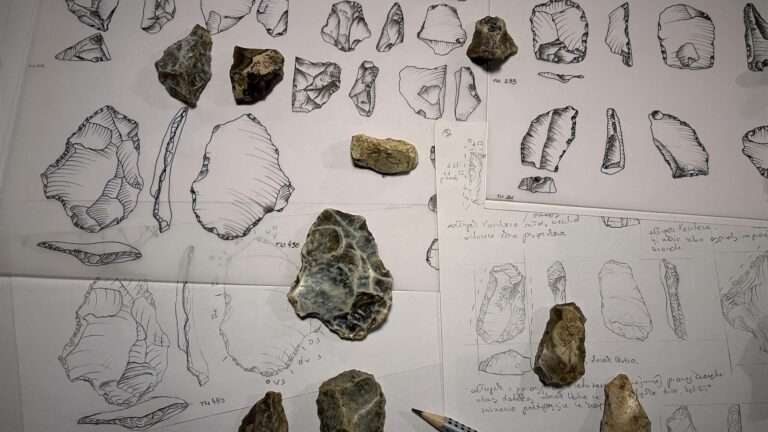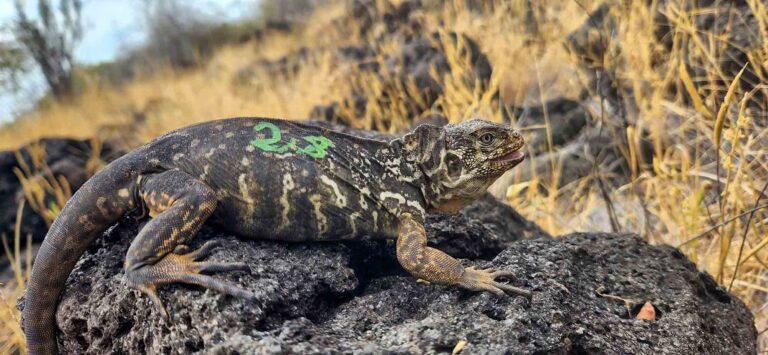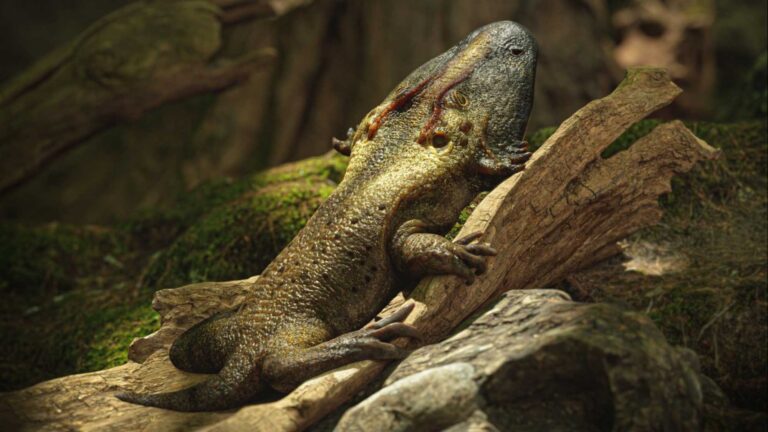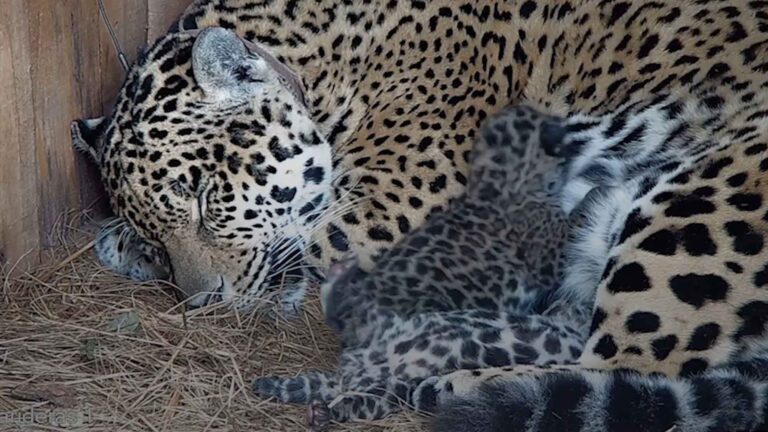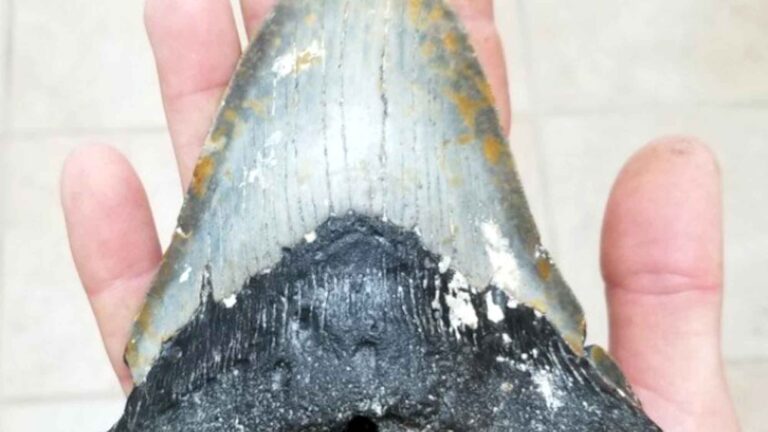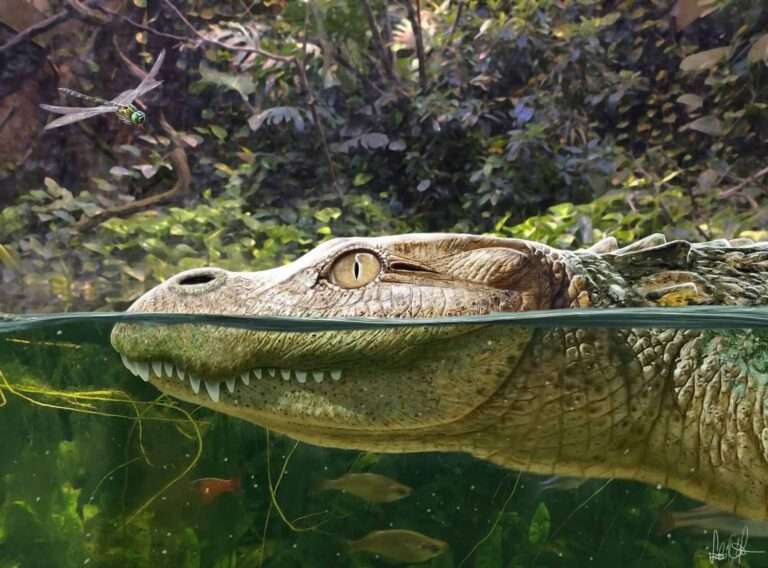
Extinct Short-Snouted Alligator With Skull Resembling That Of A Bulldog Nibbled On Snails 230,000 Years Ago
An extinct short-snouted alligator species with a skull resembling that of a bulldog nibbled on snails rather than other larger prey when it lived about 230,000 years ago. The groundbreaking…


